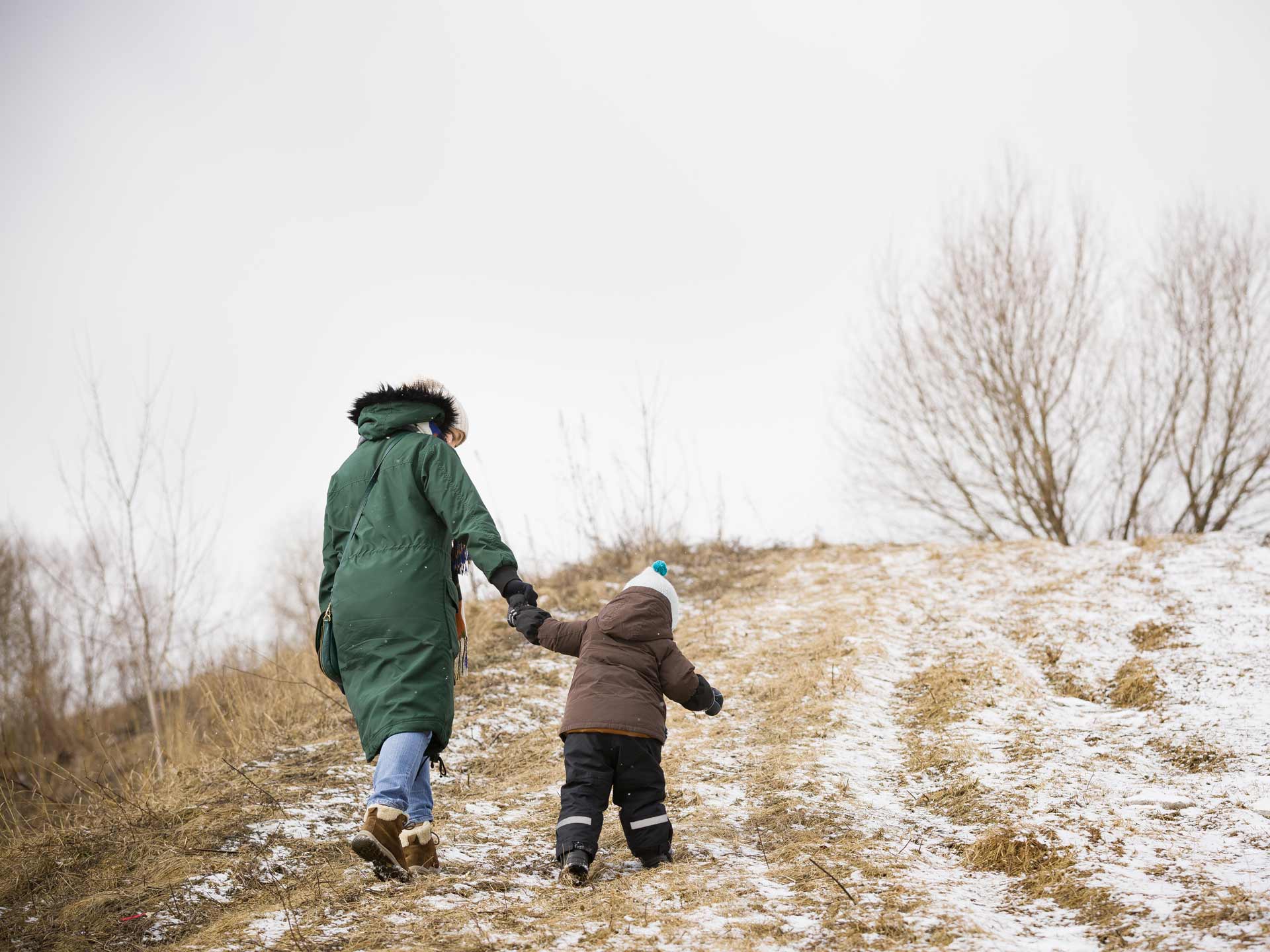Little Explorers: Make a Rain Gauge
- Little Explorers

Well, the heavens have been well and truly open for business with some fantastic storms recently. Following on from making our weather vane, we’ve extended our weather monitoring station with a DIY rain gauge.
You will need:
- An empty 2-litre plastic bottle
- Scissors
- Brightly coloured jelly (yes, really)
- … or sand
- Clear sticky tape
- Paper
- Permanent marker
It’s so easy.
Carefully cut the top third off your bottle. Turn this piece upside down and rest it in the top. This acts as a funnel for the rain. You can secure it with sticky tape.

Now you’ll need to create a flat level base inside the bottle. Your Little Explorers can shovel a few mini spades of sand into the base of the bottle and pat it flat to create the base. Then soak the sand with just enough water so that it is sodden, but doesn’t leave a layer of liquid on the surface of the sand. This is called the saturation point. It gives you a level to measure any new rain which has fallen into the bottle.


Alternatively, you can make up some jelly mixture and pour a few centimetres’ worth into your empty bottle. Let it set. This will give you an even base inside the bottle, so you can measure the rainfall accurately. It’s not for eating!
Ask your Little Explorers use a ruler to mark centimetre increments on a slice of paper, which you can then tape up the side of the gauge – make sure to cover all the paper with tape to keep it watertight. Place the base of the measure at your saturation point. This is great for pre-schoolers who will be starting to learn about measuring when they start school in September.

Find a spot on your balcony or garden where the rain can plop into the gauge without trees, electricity cables or buildings getting in the way. Now wedge it fast into a bucket of sand or shingle if possible. Most rain showers are also quite windy, so you’ll need to be sure it won’t fall over.
Every day at the same time, check how much rain has fallen into the bottle. Then, tip it away on some flowers and leave it overnight again. You can log your findings on a chart or in a book. Combined with your wind vane, you’ll have a brilliant weather station. This could be a great project to do over the school holidays.

Expert Explorers: Did you know that clouds are made up of water droplets or ice crystals? When these bump into each other and combine to create bigger droplets, they become too heavy to stay up in the sky, and fall to earth as rain, snow, sleet or hail! In hotter climates, strong air currents jostle the droplets and they merge together to fall as rain. If the cloud is high up, in warm and dry air, the water droplets might evaporate before they even reach earth.

Clouds come in different shapes depending on where they are. Wispy-looking Cirrus clouds are the highest up and made of ice crystals. Large grey Alto Clouds are in the middle of the sky and are made from water and ice. They’re often brewing a storm, so look out for thunder and lightening if you see one. Foggy Stratus Clouds hover low over the earth and will often fall as mist. And hilly looking Cumulus Clouds are flat at the bottom and rounded on top. They can be anywhere in the sky and might deliver rain, snow, thunder or lightening! When the rounded top starts stretching up into the sky, sit back and enjoy the action - a storm is on the way.


